Products Description
Understanding Fake IDs
Overview of Fake IDs and Electronic Payments in the United StatesFake IDs and electronic payments** are two widespread phenomena that affect all aspects of society in the United States. Fake IDs or forged identification documents are widely used by individuals to circumvent legal age restrictions, such as purchasing alcohol or tobacco, or engaging in other activities restricted by age laws. These forged documents are often produced using sophisticated technology and can pose a significant challenge to law enforcement and businesses trying to verify identities.
On the other hand, electronic payments have revolutionized the way transactions are conducted. The adoption of digital wallets, mobile payment applications, and online banking have made financial transactions more convenient and efficient. Electronic payments offer many advantages, including speed, security, and accessibility.
Research Question
The combination of fake IDs and electronic payments creates a complex interaction that affects society, the economy, and security. The research question for the California Scannable ID is: “How do fake IDs and electronic payments complement each other in modern society, and what are their effects on social behavior, economic transactions, and security measures?”
By exploring this question, we aim to understand:
- How does the use of fake IDs affect electronic payment systems and vice versa.
- To what extent do fake IDs facilitate fraudulent activities in electronic payments.
- The broader impact of these interactions on social norms, economic practices, and security protocols.
This exploration will provide insights into the challenges faced by businesses and regulators and suggest potential measures to mitigate the associated risks.
Fake IDs: Definition and Uses
Definition and Common Uses
A fake ID (Michigan Scannable ID) is a forged or altered identification document used to misrepresent a person's identity. Typically, fake IDs are used to bypass legal age restrictions, such as those required to purchase alcohol or tobacco. They are also used for a variety of other deceptive purposes, such as accessing restricted services, fraudulently enrolling in educational institutions, or obtaining credit.
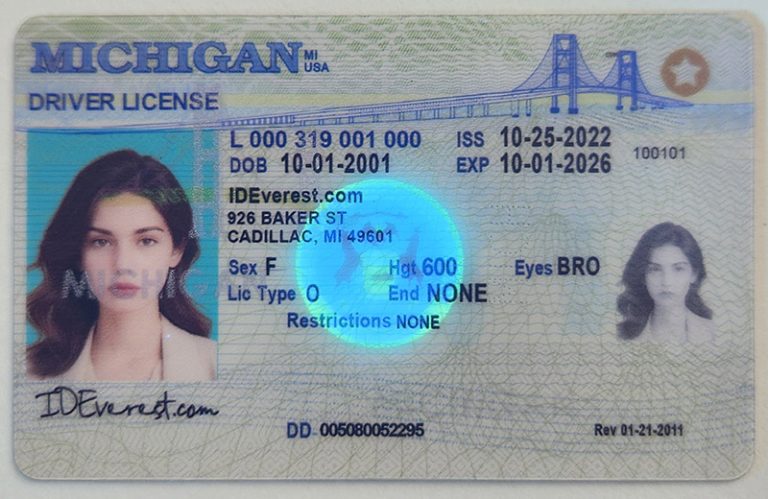
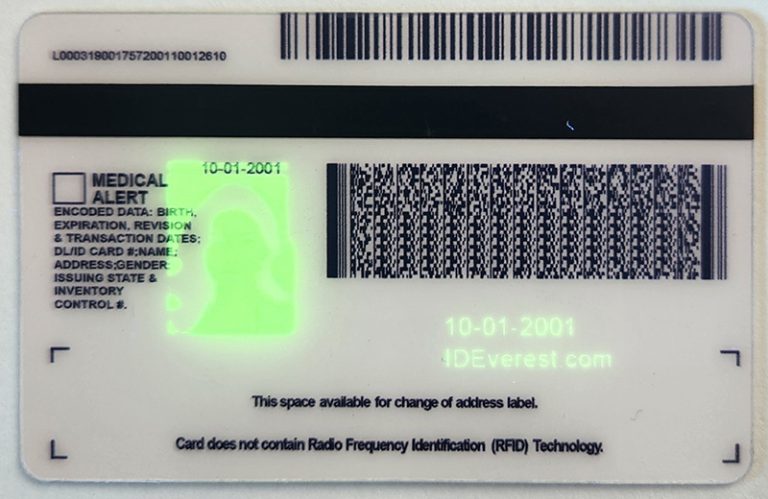
Social Impact of Fake IDs
The use of fake IDs presents several social challenges:
- Law Enforcement Challenges: Fake IDs complicate the enforcement of age-related laws and regulations. Law enforcement agencies have difficulty distinguishing between genuine and fake IDs, which undermines regulatory measures designed to prevent minors from accessing controlled substances.
- Social and Ethical Issues: The widespread use of fake IDs raises ethical concerns about honesty and integrity. It also reflects and may reinforce a culture of deception, affecting social norms and trust.
- Criminal Activity: Fake IDs can facilitate identity theft and other forms of fraud. Criminals may use these forged documents to create false identities, engage in illegal activities, or commit financial crimes.
Relationship to Electronic Payments
Fake IDs are often associated with electronic payment systems in a variety of ways:
- Fraudulent account creation: Individuals using fake IDs may open fraudulent bank accounts or credit card accounts. These accounts can be used for a variety of financial transactions, often involving illegal activities.
- Fraudulent transactions: Missouri scannable IDs can be used to perform fraudulent transactions on electronic payment platforms. For example, someone may use a fake identity to obtain a credit card and make unauthorized purchases.
Electronic Payments: Overview and Security
Overview of Electronic Payments
Electronic payments have become a fundamental aspect of modern financial transactions. They include various methods, such as:
- Digital wallets: Applications that store payment information and facilitate transactions through mobile devices.
- Mobile payments: Payments made through smartphones using applications such as Apple Pay, Google Wallet, or other mobile payment solutions.
- Online payments: Transactions made over the internet using credit/debit cards, bank transfers, or online payment services such as PayPal.
Advantages of Electronic Payments
- Convenience: Electronic payments are more convenient and faster to use than traditional payment methods. Transactions can be completed quickly and almost anywhere.
- Security: Advanced encryption and authentication technologies enhance the security of electronic payments and reduce the risk of physical theft.
- Impact on traditional payments: The rise of electronic payments has changed traditional payment methods, reduced reliance on cash and checks, and improved the efficiency of financial transactions.
Security Risks
Despite the many advantages of electronic payment systems, it also faces several security challenges:
- Account theft: Cybercriminals may steal account credentials through phishing, hacking, or other means to gain unauthorized access to financial resources.
- Information leakage: Personal and financial information stored in electronic payment systems may be vulnerable to leakage and abuse.
- Fraudulent use of false IDs: False IDs can be used to exploit vulnerabilities in electronic payment systems, such as creating false accounts or conducting fraudulent transactions.
Interaction between false IDs and electronic payments
Fraudulent activities using false IDs
Fake IDs can have a significant impact on electronic payment systems through various forms of fraud:
- Creating fake accounts using Kansas scannable IDs: Fraudsters may use fake IDs to open illegal accounts at financial institutions or payment platforms. These accounts can then be used to perform fraudulent transactions.
- Conduct fraudulent transactions: Individuals using fake IDs may conduct unauthorized transactions, use stolen identities to evade detection, and commit financial crimes. The interaction between fake IDs and electronic payments highlights the need for enhanced security measures and regulatory oversight to mitigate the risks associated with identity fraud and financial misconduct. Fake IDs enable individuals to bypass legal and regulatory barriers, while electronic payments provide a convenient platform for performing financial transactions. Together, they facilitate sophisticated fraud, such as creating fake accounts or conducting unauthorized transactions.
Economic impact: The combination of fake IDs and electronic payment systems can result in significant financial losses to businesses and institutions. Fraudulent activities result in direct economic losses and increase the costs of fraud prevention and detection.
In summary, the relationship between fake IDs and electronic payments highlights a critical issue in modern society. Addressing these challenges requires a multifaceted approach, including enhanced security protocols, strict enforcement of regulations, and increased public awareness to mitigate the associated risks and maintain economic stability and social integrity.

Tags:
You like
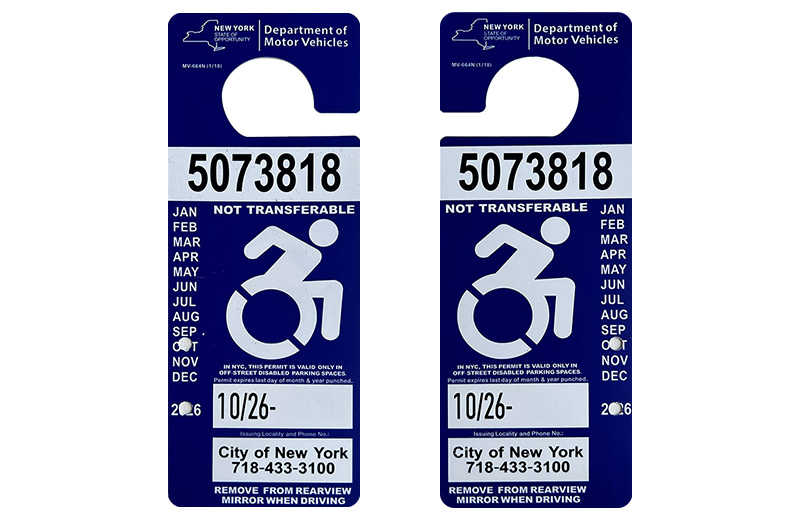
NY Disable Parking Placard
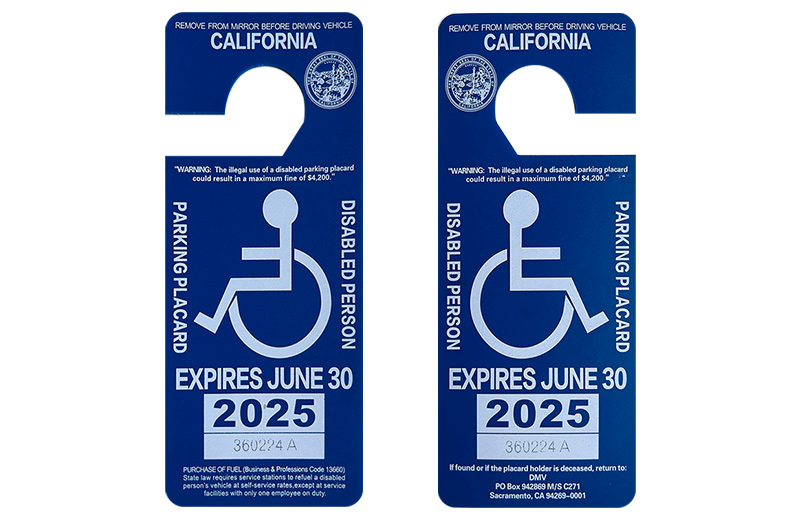
CA Disable Parking Placard

SSN Card
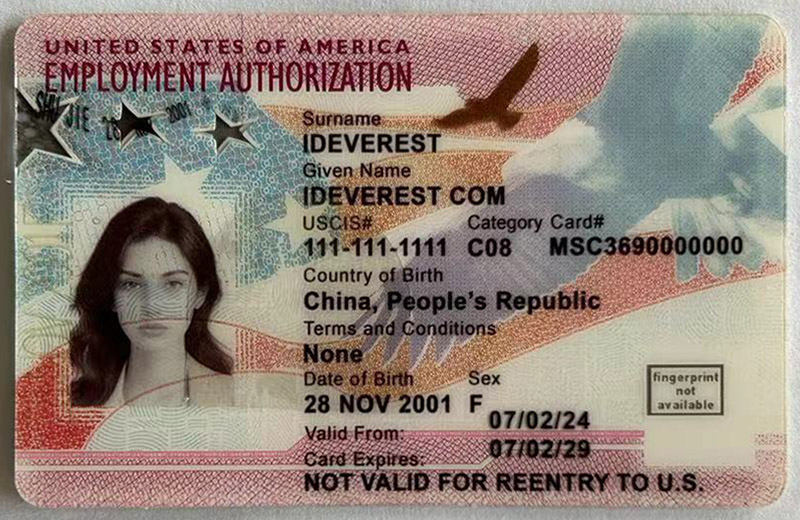
Employment Authorization Card

